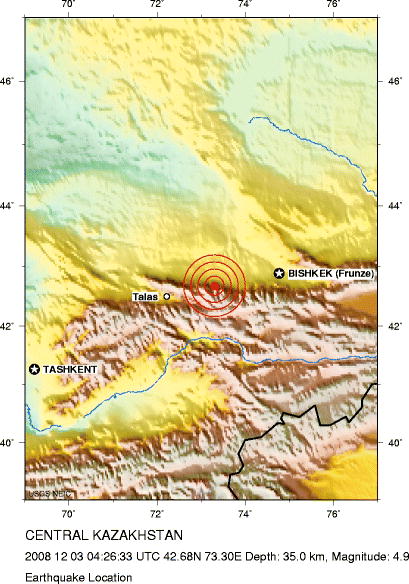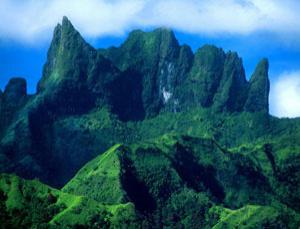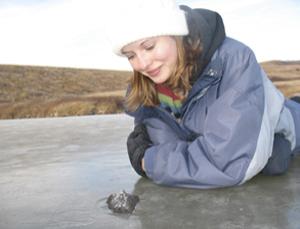Date-Time
* Wednesday, December 03, 2008 at 04:26:33 UTC
* Wednesday, December 03, 2008 at 10:26:33 AM at epicenter
* Time of Earthquake in other Time Zones
Location 42.678°N, 73.300°E

© USGS
Depth 35 km (21.7 miles) set by location program
Region CENTRAL KAZAKHSTAN
Distances 90 km (55 miles) ENE of Talas, Kyrgyzstan
120 km (75 miles) W of BISHKEK (Frunze), Kyrgyzstan
155 km (95 miles) E of Taraz (Dzhambul), Kazakhstan
220 km (140 miles) NNE of Andijon (Andizhan), Uzbekistan


